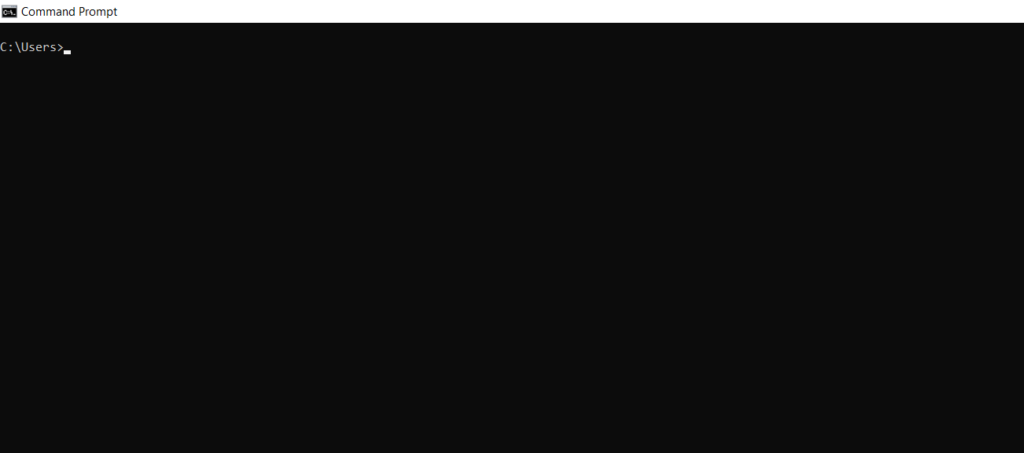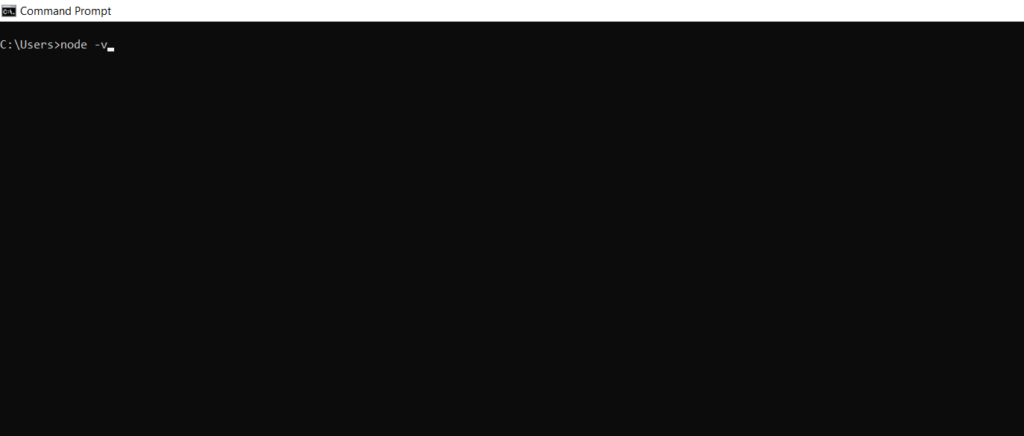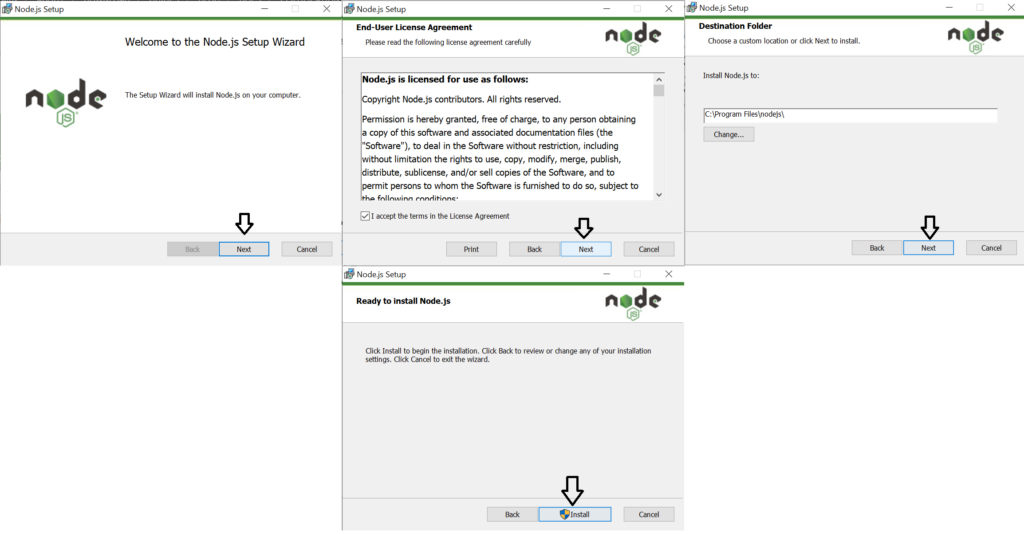Node.js is popular due to its features like the ability to interact with operating systems, file systems and all types of databases, the ability to perform non-blocking I/O operations, its asynchronous nature, support for millions of libraries and a huge community.
In this article, we will see the easiest way to check the Node.js version installed. We will also be checking the NPM version. We will also see how to install Node.js if no version returns. Let’s start with an introduction to Node.js.
Introduction to Node.js
Node.js is a runtime environment built on the top of the Chrome V8 engine. It allows us to use JavaScript for writing backend code. Its non-blocking I/O paradigm makes it perfect for developing applications that need real-time interaction like a chat application.
Developers use JavaScript to write client-side code, now they can use the same language to write server-side code using Node.js. Using the same language for both the front end and the back end increases productivity and efficiency because there is no language switching needed. Due to all these reasons, Node.js is used by many popular companies like PayPal, Linkedin, GoDaddy, Netflix, etc.
Why You Should Check the Node Version
Let’s see why it is really important to check the Node.js version installed on your system.
- Compatibility: Different projects need different Node.js versions to work properly. By knowing your version, you make sure you have the right one for the project.
- Security: Newer versions usually fix security issues from older ones, making your applications safer.
- Dependency Installation: Different packages are compatible with different Node.js versions, so it is important to check Node.js versions before installing them.
- Long-Term Support (LTS): To ensure that only LTS versions are installed in your system as they are stable and provide long-term support.
In a nutshell, checking the Node.js version is a small step to make sure your software runs well, stays secure, and is compatible with everything it needs to.
Check Node.js Version Using the Command Line
The command line, also known as the terminal or command prompt, is a text-based interface using which we can communicate with our computer.
Follow the below steps to check the Node.js version:
Step 1: Open the terminal depending on the operation system you are using.
- On Windows: On Windows, you can open the Command Prompt by pressing the Win + R keys, typing “cmd,” and hitting Enter.
- On macOS: On macOS, you can open the Terminal by searching for it in your Applications or using Spotlight search.
- On Linux: On Linux, you can find the terminal application in your system applications menu.
After opening a terminal, you see a blinking cursor. That’s where we type in commands:

Step 2: Inside the terminal, type the following command and press Enter:
node -v
or
node --version

After you press Enter, you will see the Node.js version installed:
v19.3.0

In the above example, it shows that Node.js version 19.3.0 is installed.
If it shows any error, it means Node.js is not installed on your system. Let’s see how to install it.
How to Install Node.js If Not Already Installed
Follow the below steps to install Node.js:
Step 1: Download the latest version from the Node.js official website.

Step 2: Run the installer into your system and Click “Next” >> “Next” >> Set your desired path >> Click “Next” >> Click “Install”.

Step 3: After the installation restart your system then check the Node.js version again as we have shown above and this time you will get a version return.
If you want to update or downgrade Node.js: How to Update Node to Any Version
How to Check NPM Version
Whenever we install Node.js, NPM (Node Package Manager) automatically comes with it, but sometimes we install it manually. In such cases, we need to know which version we are using during development. Well, we can easily get the current version of NPM installed as we did for Node.js.
npm -v

Frequently Asked Questions (FAQs)
What is Node.js used for?
Node.js is used for creating server-side, networking and web applications. It can create dynamic pages, create, read, update, and delete files, it can also handle incoming form data, interact with all types of databases, and much more.
How to check Node.js version in cmd?
To check your Node.js version using cmd, you need to run the “node -v” command. This will display the installed Node.js version.
How do I check my NPM version for Node?
You can get the NPM version for Node by running the command “npm -v” in the command line.
How do I check for Node.js version update?
The best way to check for Node.js version updates is to visit the official Node.js website. Another way is to use the NPM package name “npm-check-updates” but this can be an unnecessarily complicated process.
How to check if Node is installed in cmd?
You can run the command “node -v” in the command line and if it returns a version it means Node.js is installed in your system, if not it will throw an error.
How to update Node.js using cmd?
You can use NPM to update Node.js to the latest version by running the command “npm install -g node”.
How do I check my NVM?
NVM stands for Node Version Manager. You can check the NVM version by running the “nvm –version” command in cmd.
How do I see all installed Node versions?
You can see all installed Node JS versions by running the “nvm list” command in cmd.
Summary
In short, we can check the Node.js version by running the command “node -v” inside the terminal. The same goes for NPM, just run the command “npm -v” and you will get the NPM version return. If you do not get any version or get an error, it means that Node.js is not installed and you need to install it from the official Node.js website. Just make sure to choose a stable version.
If you are new to Node.js:
- What is Node.js?
- Asynchronous Programming in Node.js – Callback, Promises & Async/Await
- How to send an HTML File in Node.js?
Reference
https://stackoverflow.com/questions/14888471/node-js-version-on-the-command-line-not-the-repl





